A local Volvo dealer sponsors lollipop ladies round my way. The brand values match up: safe, dependable and family friendly.
But there’s much more to Volvo these days. By rights, said wander wardens should be wearing Donna Karan and holding high-definition displays on boron steel poles, because Volvo is now among the most stylish and tech-intensive car makers out there.
It charges for the privilege, too. Volvo’s standard-bearer, the Volvo XC90, starts at £46,850 new. Which is almost exactly the same as the cheapest second-hand, current-generation Range Rovers, which have shed £25,000 since they left showrooms three years ago. We like the XC90, but has Volvo’s reinvention elevated it so high as to compete with Solihull’s flagship?
For a fair fight, we’re allowing a £50,000 budget, buying an entry-level XC90 D5 Momentum with air springs (£2150) and 20in alloy wheels (£1000), or a 50,000-mile 2013 Range Rover TDV6 Vogue, which also comes with those assets.

Under Volvo’s new 2.0-litre fourcylinder edict, the XC90’s 222bhp diesel engine is outgunned by the Range Rover’s 3.0-litre V6, but only by 32bhp. Claimed figures pitch the Volvo at two tonnes and the Range Rover at 150kg more but, in reality, the difference is probably at least 300kg, which helps to explain identical 0-60mph times of 7.4sec. However, the Range Rover’s bigger lump turns out 443lb ft of torque, compared with the Volvo’s 347lb ft.
The TDV6’s character suits the Range Rover’s image. It’s a muted grumbler of an engine that pulls happily from 1500rpm and has a broad powerband, yielding linear delivery for the next 2500rpm, although the bellowing mid-range becomes a slightly strained churn towards the top. During most driving, though, it’s suitably refined.
Although Volvo’s four-pot is more advanced than the Range Rover’s engine, it is a bit less civil. It impresses with unhesitating tug from a mere 1000rpm and promptly gets into a steady, humming stride, but it needs to be goaded above 3500rpm before delivering its best, at which point there’s more noise than in the Range Rover. But both engines are whisper-quiet at a cruise, and if you hadn’t experienced the Range Rover’s superior sound deadening, you mightn’t yearn for it in the Volvo.
Their eight-speed automatic transmissions are equally keen on low revs, and although each has a usefully responsive step in the throttle pedal to request kickdown, only the Range Rover has steering wheel-mounted paddles. The Volvo makes do with a shifter-based manual override. Neither ’box shifts with whipcrack pace. Rather, they fudge nonchalantly between ratios in a manner entirely appropriate to big, comfortable cars.

Speaking of which, it’s the Range Rover’s ride that impresses the most, especially in town, where it smothers scars and ridges with an ease that the Volvo can’t match. That’s not to say the XC90 is a bag of nerves up the high street – in fact, it’s suitably composed – but a bit more body movement and suspension noise mean that it lacks the nuclear bunker isolation of the Range Rover.
For the most part, the Vogue retains this serenity beyond the city limits, riding longer waves of asphalt with assured luxury, but a sharp ridge taken at speed can produce an unseemly thump from the chassis. The Volvo won’t quash such bumps entirely but limits them to a distant thud. The XC90 provides more cornering composure, too, aided not only by its lower weight but also a 20mm drop from the air suspension that happens automatically at pace or by choosing the Dynamic drive mode. It turns in smartly and roll is kept nicely in check.
Deprived of the active anti-roll bars exclusive to V8 versions, this ‘basic’ Range Rover can’t perform the same mass-defying cornering feats that make its costlier siblings twirl nimbly through apices like plus-size ballerinas. There’s plenty of stability, of course, but speeds must be tempered to keep roll within comfortable limits, and although both cars grip well, the Range Rover drifts into juddery understeer first. Make no mistake: the Vogue is impressively agile for such a tall, heavy car, but of the two, you could only call the XC90’s attitude car-like across twisty roads – albeit a car that’s more capable than engaging.
The Volvo’s middle of three steering settings has the most agreeable weight, but it isn’t as progressive as the Range Rover’s, which, while offering no more feel, is slick and efficient enough not to attract attention to itself.

These cars do interior luxury very differently. The Range Rover’s cabin is a mobile tannery dotted with countless buttons. The Volvo’s more austere space has less leather, more oddly textured but soft plastic and far fewer buttons, much of its functionality being governed by the 9.0in central touchscreen. It boots up slowly but trumps the Range Rover’s for aesthetics and responsiveness, although we’re sometimes glad of the Vogue’s conventional buttons when it comes to basic functions.
Both offer drivers the requisite lofty vantage point, but you can adjust the Volvo’s to sit low, should you wish. Its seats are more sculpted and supportive, but the Range Rover’s soft leather chairs are wider and comfier. Both second rows offer generous accommodation for two adults plus a perched third and have manually tilting seatbacks, but the XC90’s slide, too. Why? Because its party trick is an extra pair of seats. Easily erected from the boot floor, they’re perfectly usable, if a little tight on head room. For many, they’ll be worth the slight compromise on boot space compared with the Range Rover, which is strictly a five-seater.
The Vogue wins for toys, its main advantages being a panoramic roof, heated steering wheel, heated rear seats, front parking sensors and rear parking camera, and it’s also the better off-roader. Approved used Range Rovers have a two-year/unlimited-mileage warranty, but the Volvo gets a three-year/60,000-mile warranty from new and is cheaper to tax and 20% more fuel efficient.
A £50,000 Range Rover TDV6 Vogue offers a lot of luxury for the money, but the XC90 is far from basic, cheaper to run and respectably refined and it has higher handling limits. When the sharper-driving SDV8 gets cheaper – especially in Vogue SE and Autobiography trims – it will be hard to beat. But for now, we’ll take the Volvo.

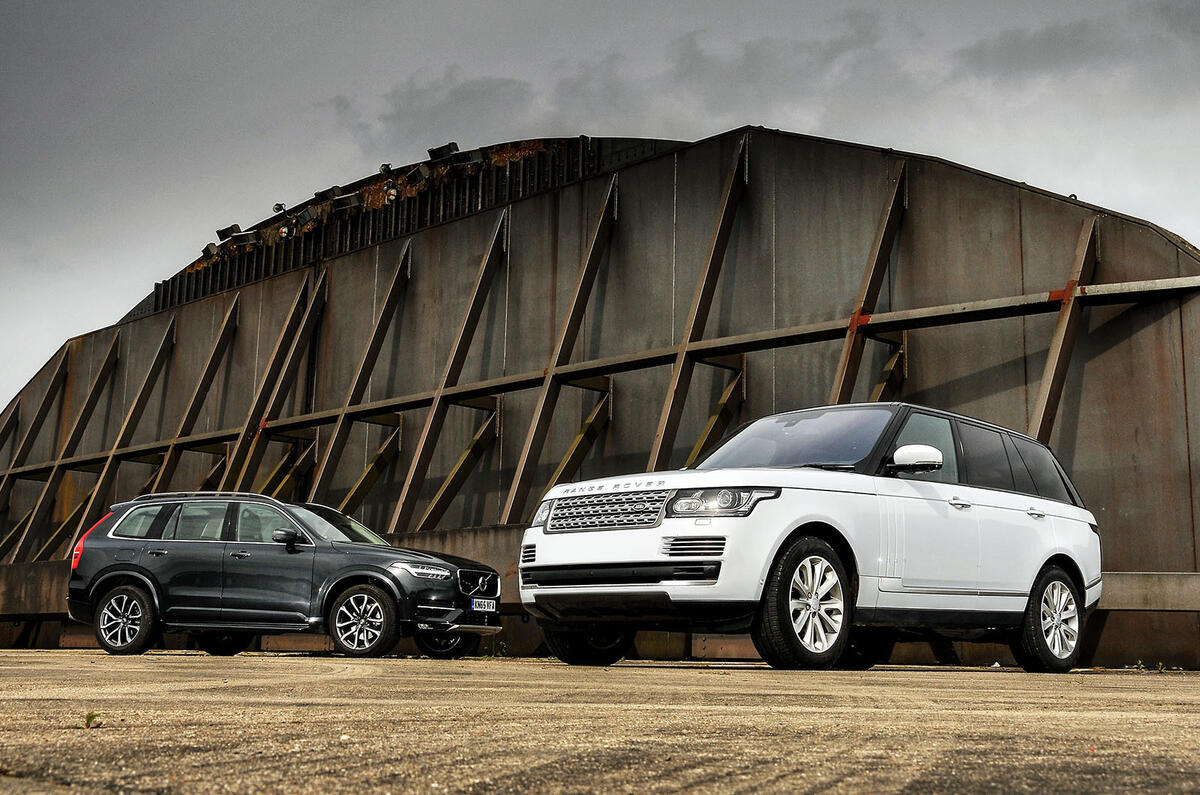

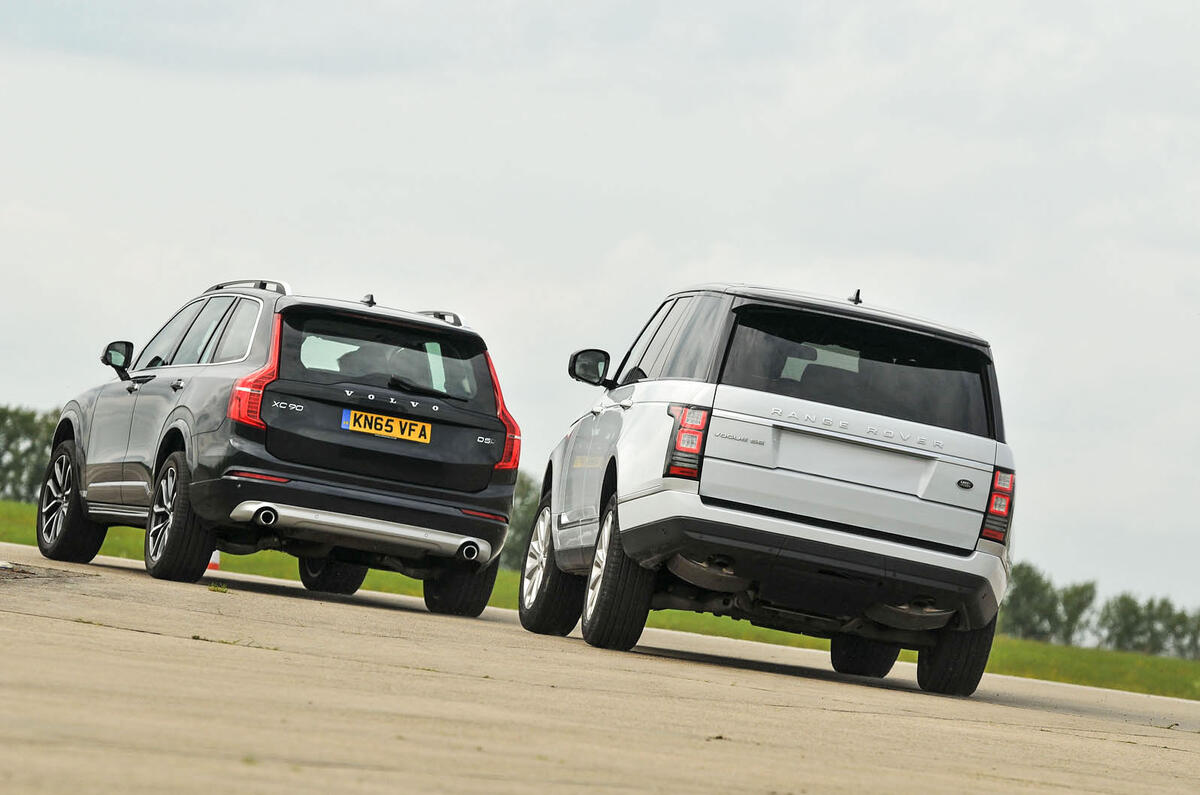
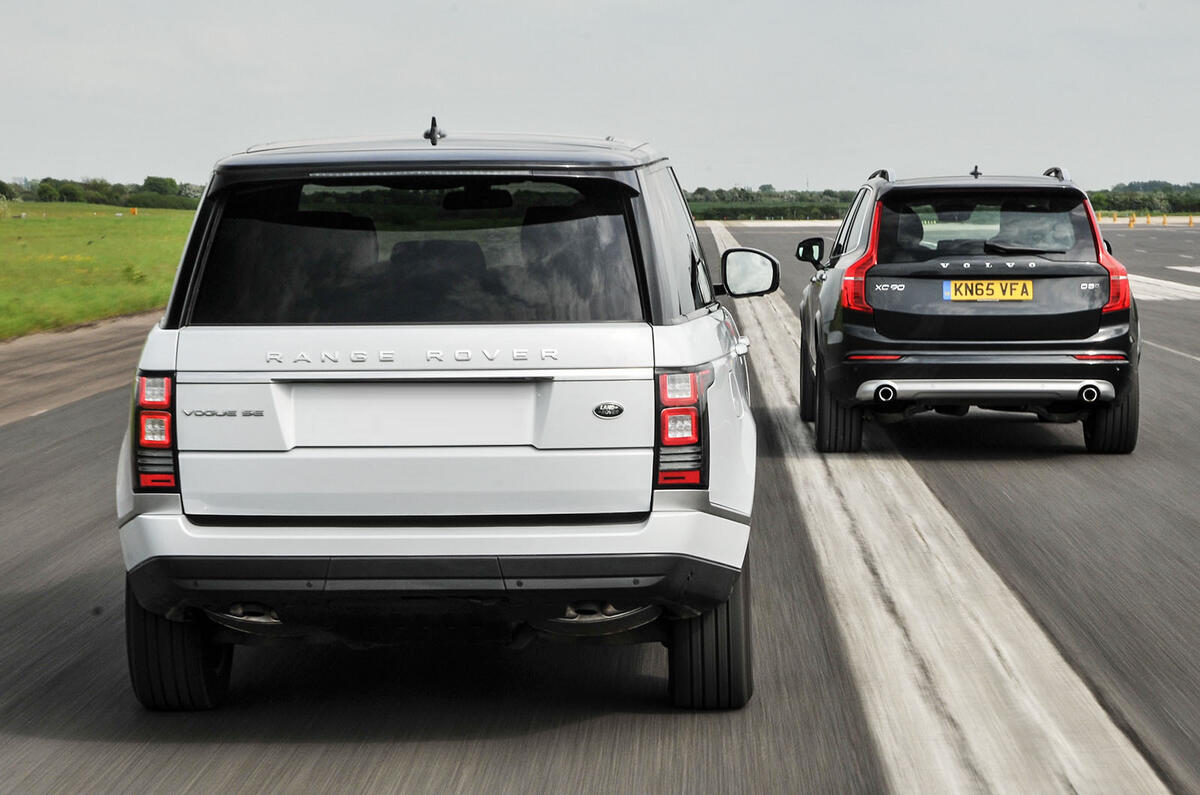
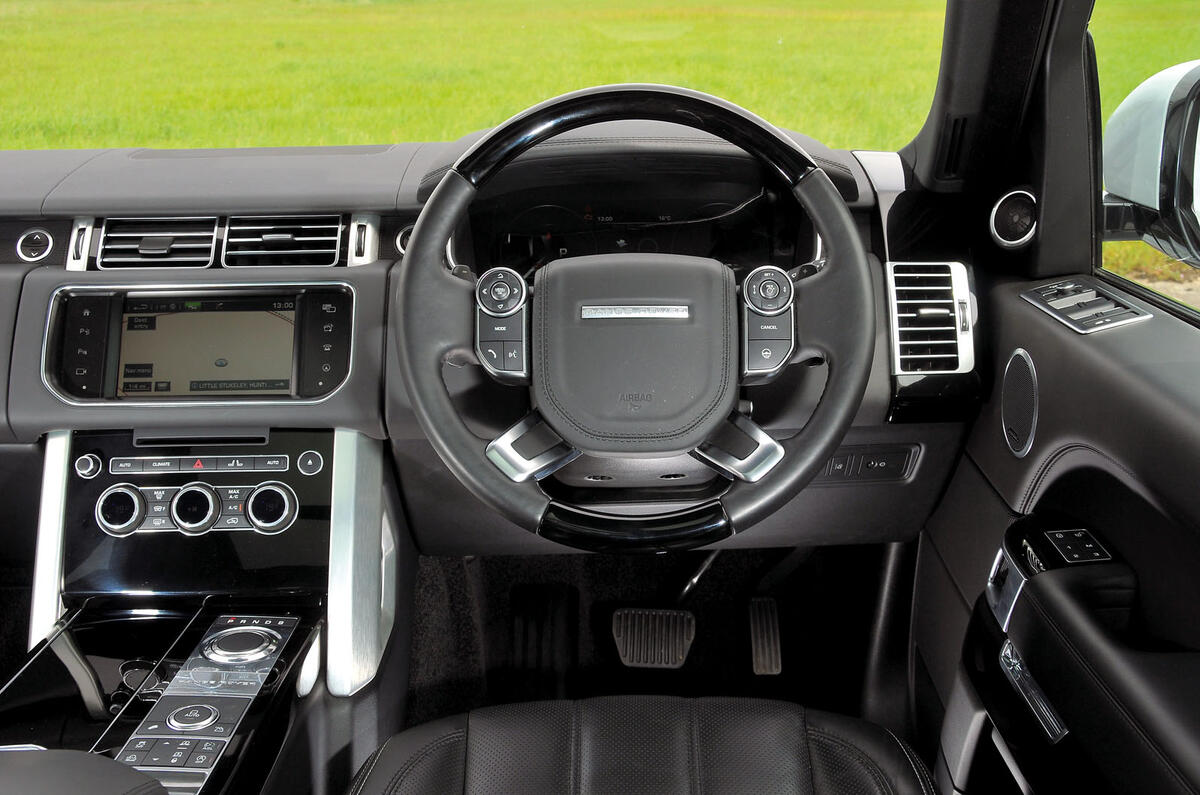
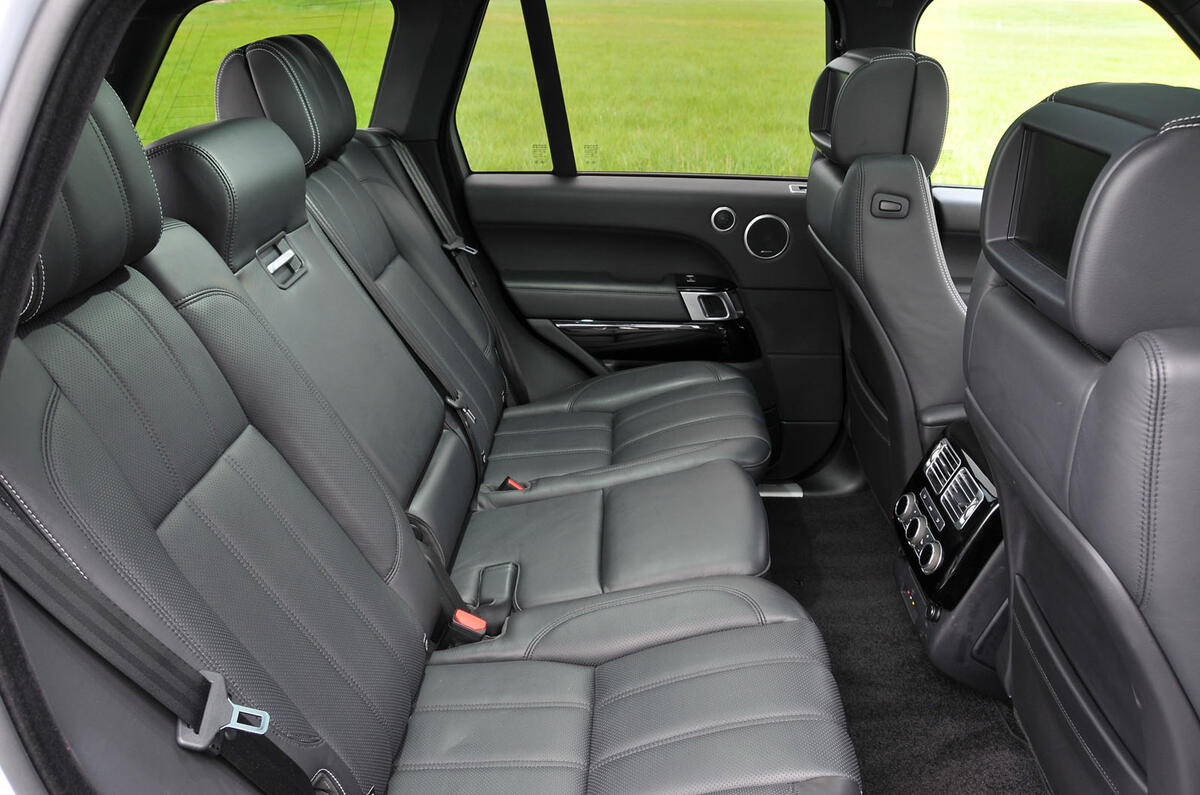
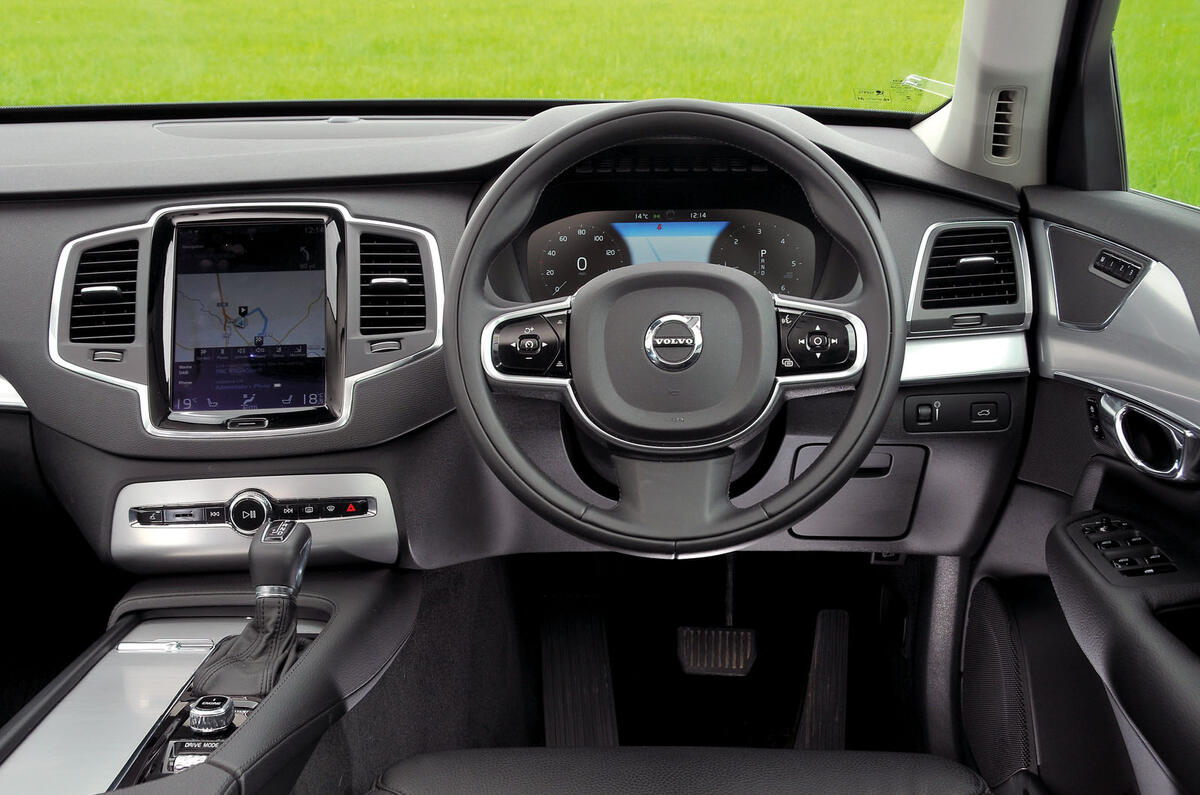
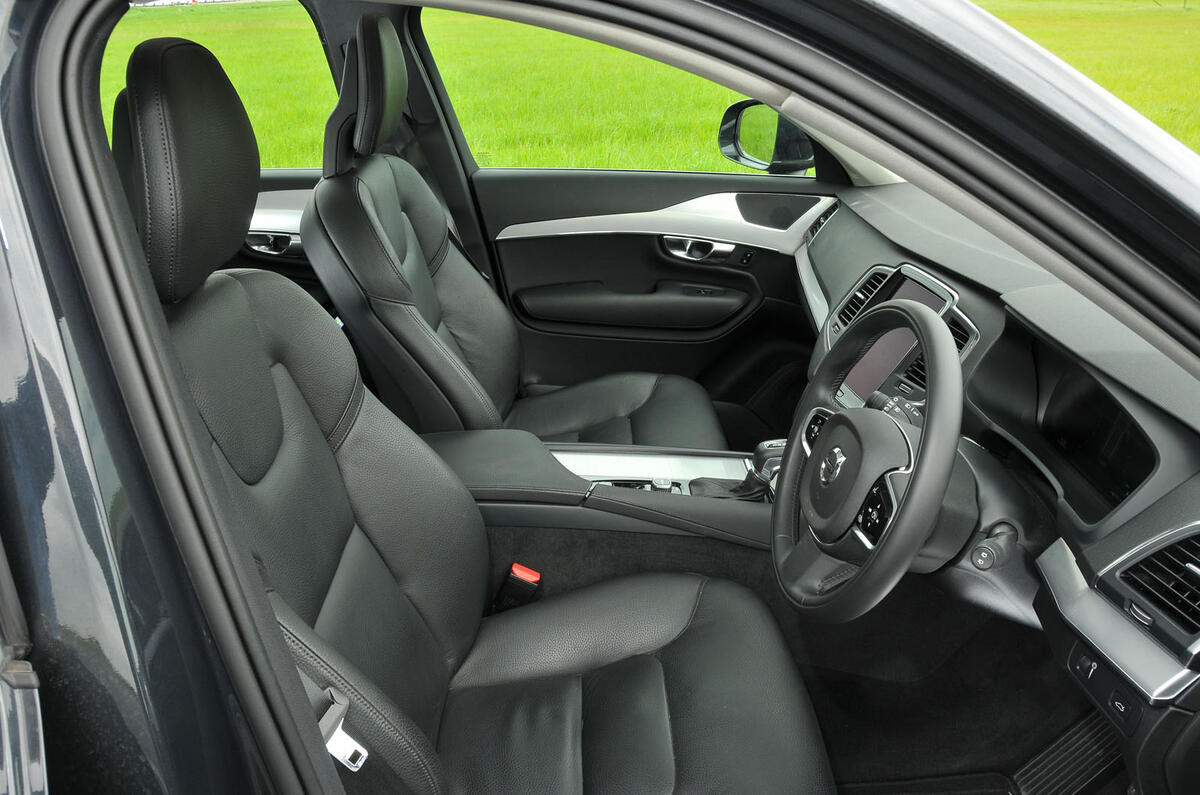
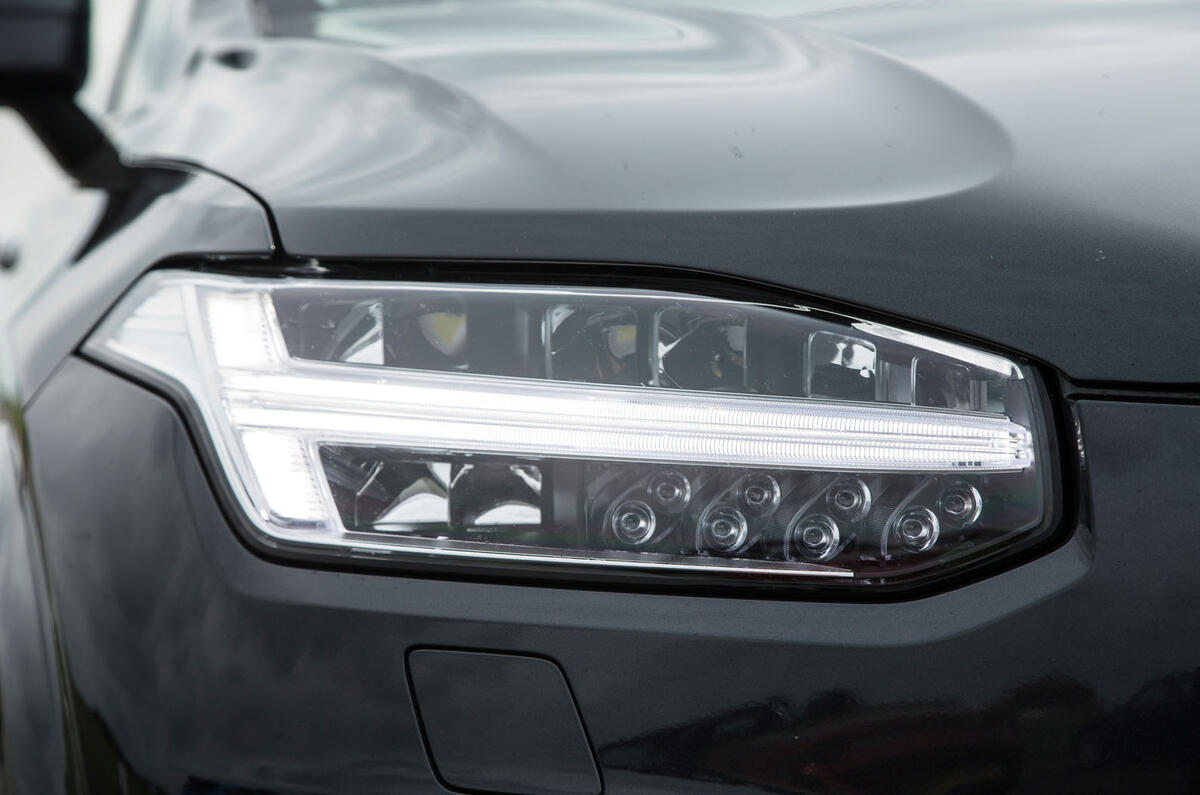
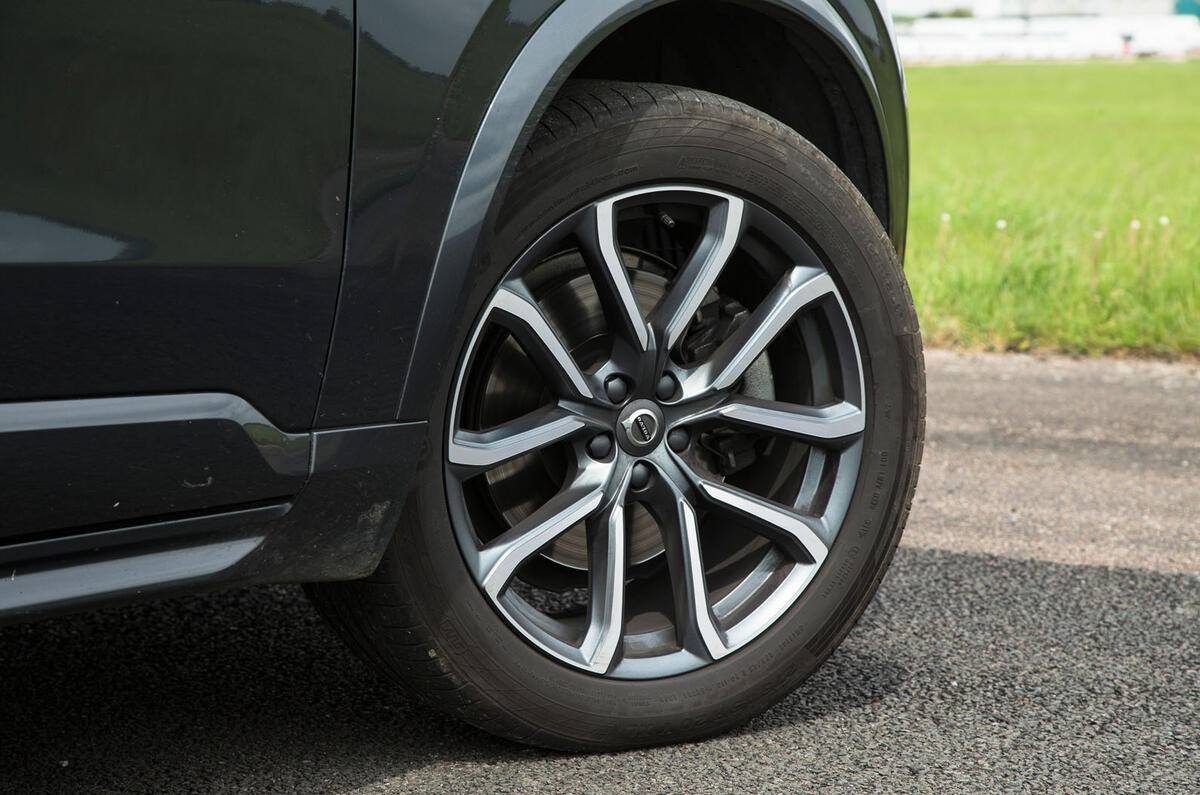
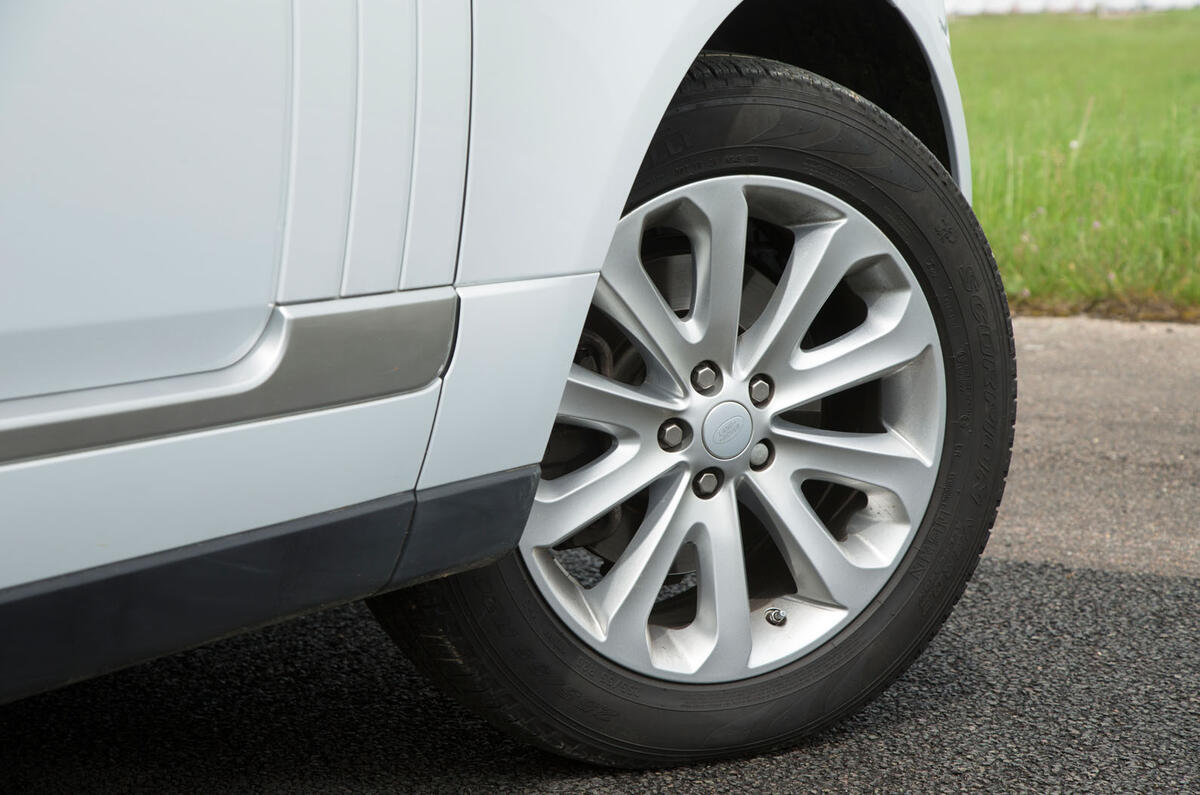
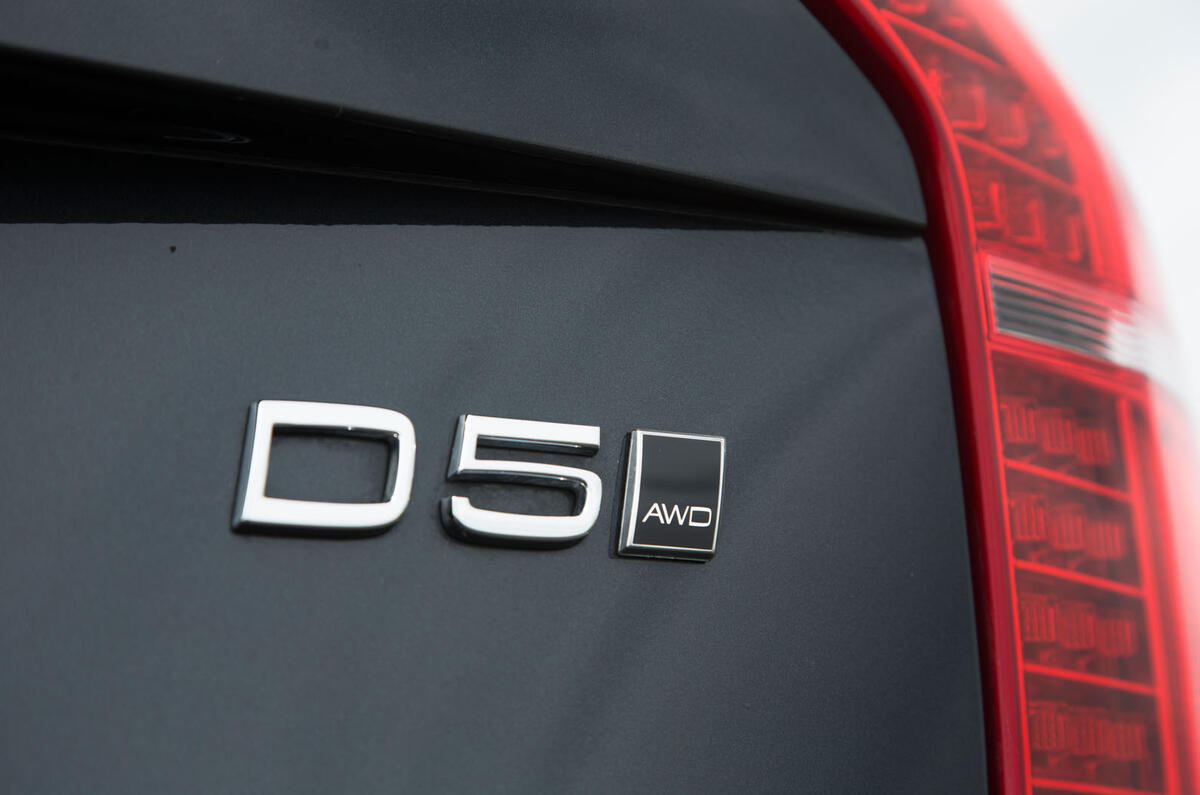
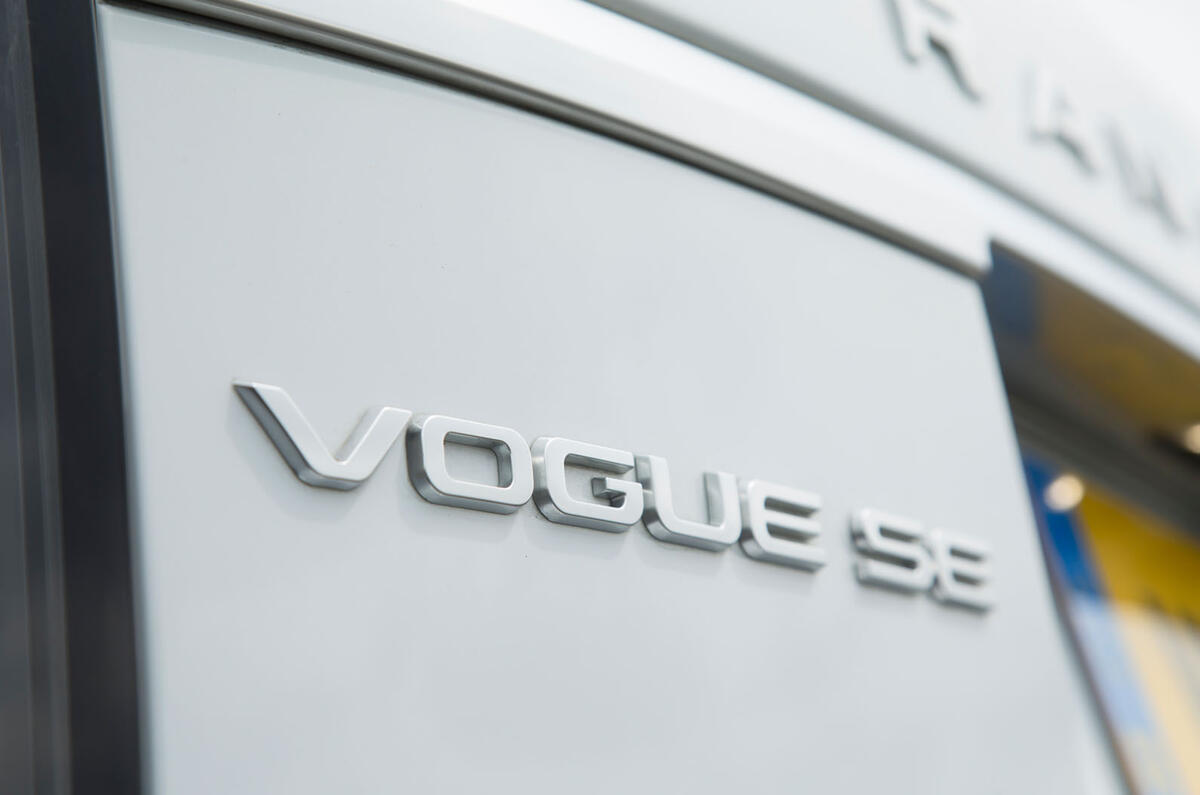
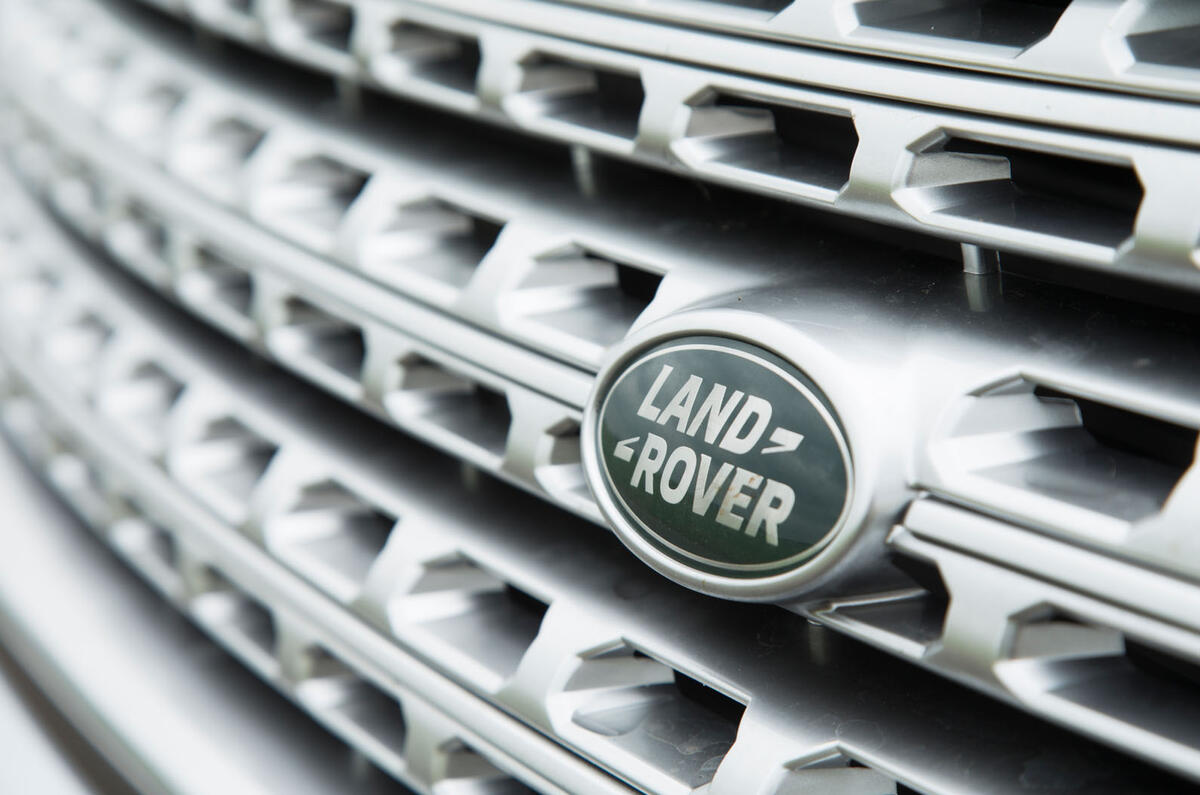
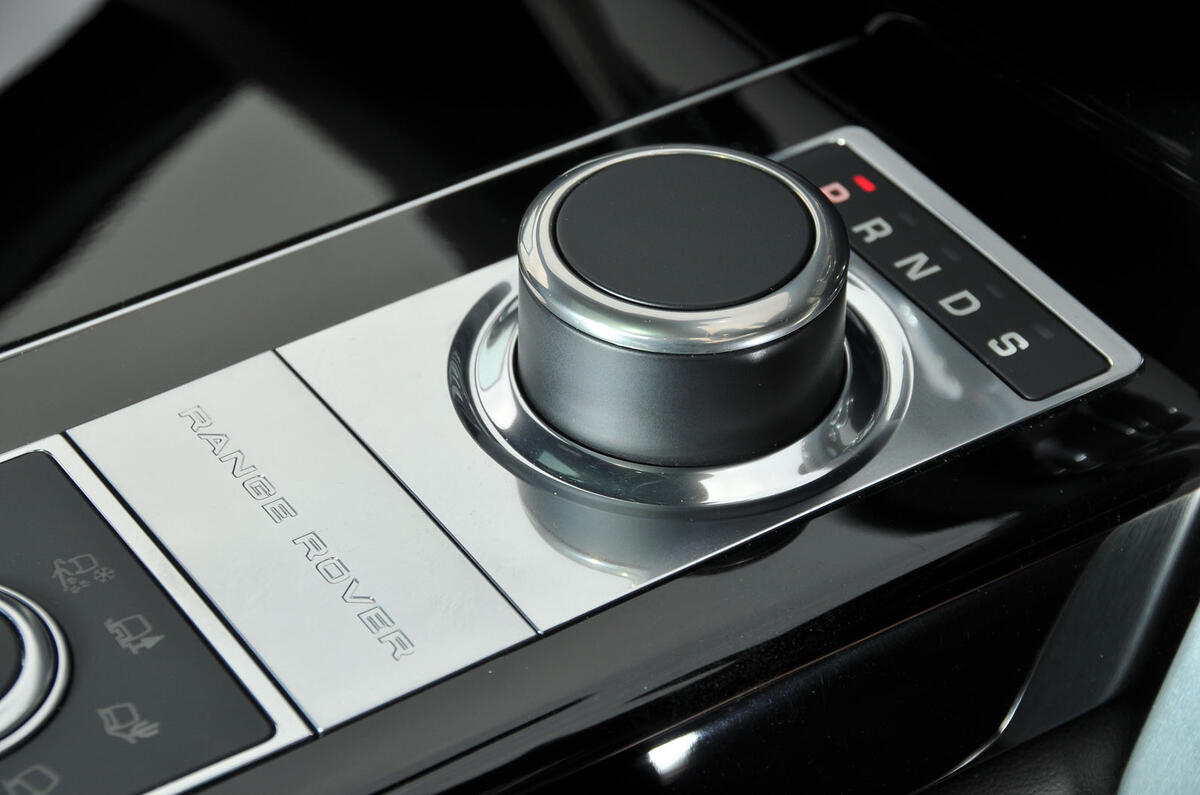

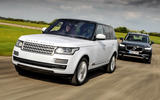

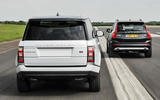

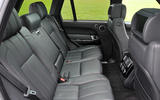

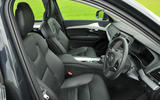
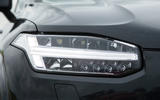
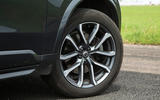
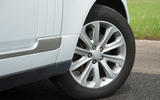
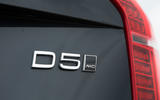
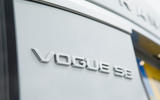




Join the debate
Add your comment
I've just put my money where my mouth is!
I went and sat in an XC90 when they were first launched; apart from the control pad (that looked like someone had stuck a tablet computer to the dash) and the typically nice Volvo seats, I couldn't see what the fuss was about. I looked at used RR's for slightly more and the finally went and bought a new one :) Certainly, Volvo's 60,000 mile warranty restriction would have been enough of a problem on its own - coming up in not much over 20 months!
However, now that LR have dropped the ball with the current Discovery, for the lower mileage user, the XC90 seems to have a wide open goal to aim for at its natural level.
Warranty
I get through 60,000 miles in less than 2 years, meaning that the used Range Rover actually has the better warranty! When I ran Volvo's as company car contract hire cars, the risk was with the contract hire company for the last 15 months or so. Now, as a private purchase, the Volvo becomes the gambler's option!
no contest
Please re read the article